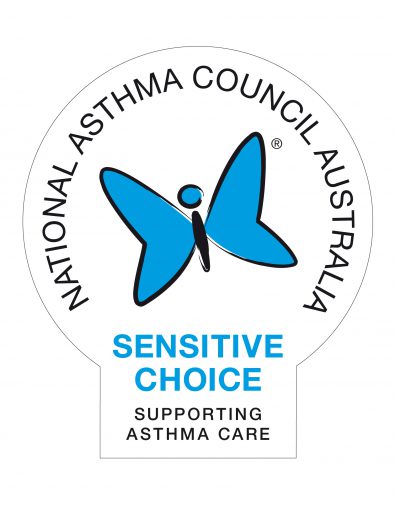
- Still in its infancy, the air treatment category has plenty of room to grow, thanks to new high profile players entering the market and the continued focus of health and wellbeing products.
- Retailers should qualify what problems customers have and which rooms they would like the appliance for to recommend them the most suitable product.
- Humidifiers that allow for the use of essential oils are very popular, as are small portable bedside models.
As we live a large portion of our lives indoors, the focus on creating a healthy climate in our homes with the help of humidifiers, dehumidifiers and air purifiers is generating more and more consumer interest.
Controlling hot and humid or cool and damp climates, or by removing contaminants from the air, these products are not only for asthma and allergy sufferers but the broader market as well, offering plenty of growth opportunities for this low profile, high growth category. Air treatment products offer a range of different sized solutions for problems that require expert retail knowledge to guide consumers to the most suitable product.
Allergy and asthma sufferers should be on the lookout for the Blue Butterfly logo from the National Asthma Council Australia (NAC) Sensitive Choice program, which recognises companies that are working to improve the lives of allergy sufferers.
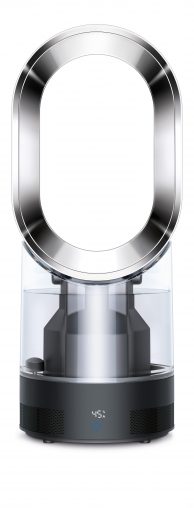
Treats water with Ultraviolet light to kill 99.9 per cent of bacteria; Air Multiplier technology for even distribution; Runs for up to 18 hours on a single tank of water; Airflow can be set from 1 to 10 (RRP to be announced closer to launch in September 2015).
Dyson, already with a long list of allergy relieving products, is entering the air treatment category this year with the release of its first humidifier in Australia in September 2015. With a similar form factor to its popular Dyson Cool fans, the Dyson Humidifier will put the spotlight on products that improve indoor air quality.
“Outside of the Asian and North American markets there is very low awareness of the problem with dry air and why people need a humidifier in their homes,” explains Glenn Andrew, Dyson Australia MD.
“In Australia, where summers can be humid, people don’t always see the need. But many with skin conditions, lung problems and those who want to control their environment realise the benefits of the technology. The average person spends 90 per cent of their time indoors. They breathe in and out 20,000 times each day, and draw 12,000 litres of air into their lungs a day.”
In typical Dyson fashion, during the development of the humidifier 643 prototypes and over 32 new test methods were developed and the process cost more than $63.5 million.
The point of difference with the Dyson humidifier and existing models on the market is that the water in the humidifier tank is exposed to ultraviolet light twice, killing 99.9 per cent of the bacteria present in the water before it is projected as a mist around the home.
“There has been little innovation in humidifiers since their conception. Their poor design can turn conventional humidifiers into reservoirs for harmful bacteria. Atomised into the air, inhaling bacteria filled moisture is at least as dangerous as drinking it. It’s why other humidifiers can be potentially dangerous.”
Dyson’s entry will grow the overall value of the market, Andrew said.
“It is important for retailers to support those who invest in the category. Dyson provides Team Dyson experts, better in-store displays and we can get people excited about this new humidifier technology. Retailers can reap the rewards of long term growth by working even closer with Dyson. Just as with all the categories Dyson has entered, we plan to invest in and grow the humidifier market.”
On the other side of the coin are dehumidifiers, catering to a different set of problems which plague the home.
De’Longhi category manager Helen Finlayson says creating a healthy indoor environment is part of the broader health and wellbeing trend.
“In the last 12 months, we have seen growing trends such as green smoothies, superfoods, and boot camp, as well as selfies to show it all off. Health and wellbeing has well and truly been on the forefront of consumer behaviour. This desire to live a healthier life has also migrated to our homes, with a focus on creating healthier climates indoors,” Finlayson said.
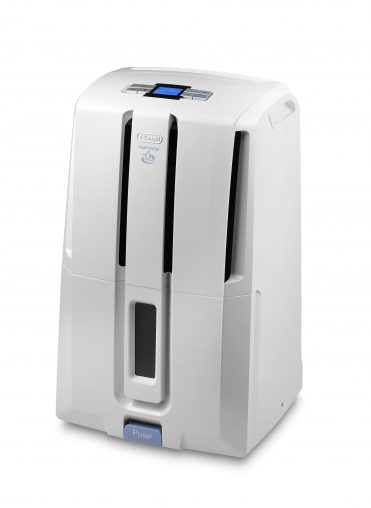
30-litre dehumidifying capacity and 7-litre water tank; Electronic Adjustable Humidistat and 24-hour electronic timer; Three fan speeds and Dust Air Filter; Triple Condensate Draining System: Tank, Continuous and Pump with Auto Activation (RRP $549).
To match a consumer with the right air treatment product, De’longhi gets them to measure their home’s health, asking, “is your house sick?”.
Finlayson explains: “Tell-tale signs such as respiratory issues, mould and mildew, water damage, condensation, dust mites, and damp clothes could mean that the home is suffering damaging effects from excess moisture. It may be time to purchase a dehumidifier.”
All De’Longhi Dehumidifiers are partnered with the NAC Sensitive Choice program and some models have features which make them perfect for specific rooms, for example, the pump function on the DD30P (RRP $549) allows condensate to be vertically pumped up and out over window sills, and is ideal for cellars. The laundry function, included in the DDS30COMBi (RRP $449) and the DDS25 (RRP $399), dries laundries fast.
CliMate (styled as ‘Cli~Mate’), distributed by Aquaport, also has a range of air treatment products that boast the blue Sensitive Choice butterfly logo.
“The latest trend is to make air purification smarter and more powerful without increasing the products dimensions,” said Mathew Kiley, Aquaport national sales and marketing manager.
“We are seeing a trend towards Wi-Fi connectivity so you can seamlessly connect your handheld device to your air purifier. The challenge then is to ensure this technology is actually meaningful to the end user and that it is not just a fancy remote control.”
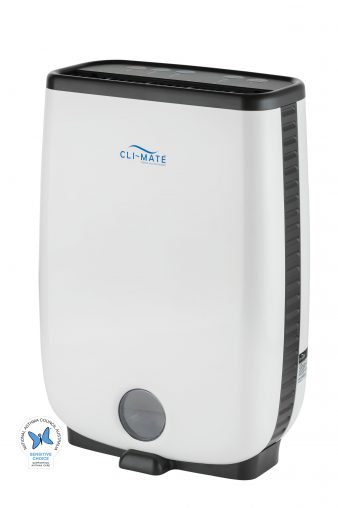
Helps to prevent mould, mildew and rot; Reduces dampness and eliminates odours; Efficient performance in cold and wet environments; Extracts 8 litres per day at 30° Celsius and 80 per cent relative humidity (RRP $449).
In dehumidifiers, CliMate has compressor dehumidifiers (most effective in hot and humid environments) and desiccant dehumidifiers (better for cold and wet environments).
“With compressor dehumidifiers leading the category in sales, desiccant dehumidifiers are often overlooked due to limited knowledge and understanding of these particular type of models from consumers,” explains Kiley.
“Compressor models work very well at higher temperatures (above 20 degrees Celsius). However, as the temperature drops so does their effectiveness in removing water from the air.
“Desiccant models, on the other hand, are not affected by temperature and are able to extract the same amount of moisture at any temperature above 1° Celsius.”
For cold and wet environments Kiley recommends the CliMate Air Dryer (CLI-DH8D) dessicant dehumidifier. “It has all the same features as our compressor models but employs an absorption technology to remove moisture from the air, making it a more environmentally friendly product. This product really opens up the opportunity to sell dehumidifiers in more non-traditional sales areas during the winter months.”
CliMate carries three air purification systems all containing high performing multi-stage filtration technology in the one filter. The range starts with a small desktop or bedside model, which has proven to be an incredibly popular entry level air purifier, Kiley said. The next model up (CLI-AP20) purifies floor areas up to 20 square metres, and can be wall or floor mounted, and finally, the largest (CLI-AP30) is capable of purifing up to 25 square metres.
“As a large portion of humidifiers are purchased to help with common afflictions caused by dry indoor winter air such as blocked sinuses, humidifiers that allow for the use of essential oils are very popular with consumers,” Kiley said.
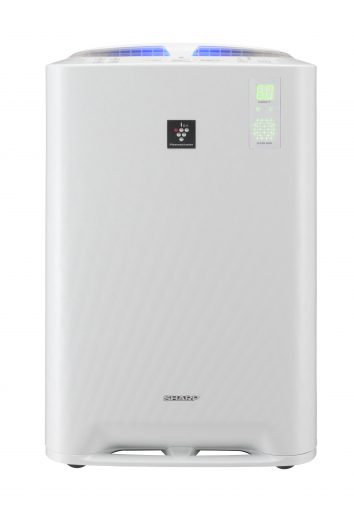
The sensor function automatically detects odour, dust and the humidity level in the air, which activates the clean mode operation; Simple control panel for five operation modes including pollen mode; Efficient and long lasting Antimicrobial HEPA filter (RRP $719).
Sharp’s range of Air Purifiers and Humidifiers are designed to improve the air quality of the home with Plasmacluster Ion Technology deactivating and breaking down harmful airborne substances, such as pollen, dust and viruses spread by aerosol particles.
“Dust and pollen allergies, the common cold and other airborne germs are a concern for many households, especially those with children. Sharp Air Purifiers help to create clean air conditions by eliminating irritants and preventing the cycle of germs spreading through the family,” said Mark Beard, national communications and branding manager for Sharp Corporation of Australia.
“As consumers become ever more interested in maintaining a healthy lifestyle for themselves and their families, they are looking for products with clever technology, which are easy to use and offer no-fuss maintenance.
“This trend is likely to continue, and technology such as Sharp’s proprietary Plasmacluster Ion technology offer all the benefits associated with breathing clean air, while also providing Air Purifier products with whisper quiet operation designed to look stylish and complement any interior.”
Elisa Oliver, Vornado brand marketer at Milner’s, said that as consumers become more aware to the importance of indoor air quality, interest in the category will continue to grow in the coming years.
“A growing body of scientific evidence indicates that the air within homes and others buildings can be more polluted than the outdoor air in the largest and most industrial cities,” she said.
“The impact of poor indoor air quality also carries a significant cost burden to the economy, with CSIRO estimating that the cost of poor indoor air quality in Australia may be as high as $12 billion per year.”
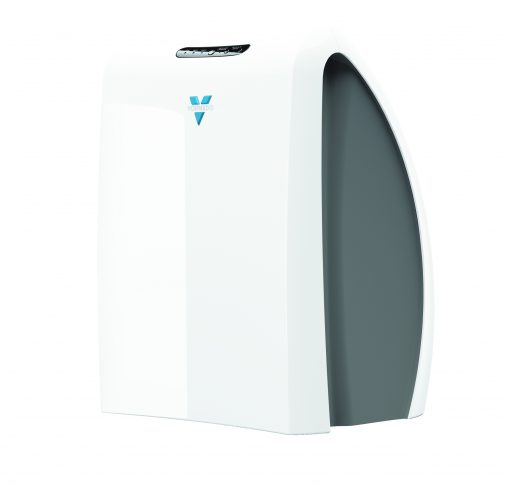
Purifies the air in a room five times per hour; True HEPA Filter captures 99.97 per cent of contaminants; Carbon filter to capture odours; Compact size and three speed settings (RRP $319).
Another point which Oliver raised is that there is no regulatory authority in Australia that monitors claims made by manufacturers concerning HEPA filters.
“Whilst air purifiers have been sold in Australia for a number of years, there is currently no regulatory authority that monitors claims by manufacturers, that HEPA filters in air purifiers are actually True HEPA (99.97 per cent efficient). Consumers will benefit from this knowledge, since a number of air purifier manufactures are making claims of HEPA that do not conform to the standards. A true HEPA filter will effectively remove 99.97 per cent of the particles as small as 0.3 microns.”
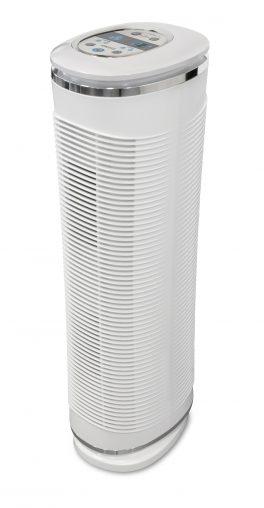
True HEPA filter with 18 month life removes 99.97 per cent of airborne allergens; UV-C light to kill germs and bacteria; Carbonised pre-filter removes odours; Three air cleaning speeds (RRP $279).
HoMedics Air Purification products also boast a “true HEPA” filter, which removes 99.97 per cent of microscopic airborne allergens like pollen, smoke and dust. The hero product of the range is the Total Clean Tower Air Cleaner, which uses UV light in a similar manner to the Dyson model. Air is moved through the unit by a fan, which is indirectly irradiated by the enclosed UV-C lamp, killing germs, such as bacteria, viruses, mould, fungi and spores, that transmit infections, cause allergies, trigger asthma attacks or cause other unhealthy effects.
Maria Russo, director of FitZone Solutions, which distributes Beurer air treatment products, said that the category is still young but retailers who familiarise themselves with products will be able to capitalise on this growing market.
“Air Treatment is a category still in its infancy. While consumers and retailers continue to build their understanding of the category many retailers are grappling with how to merchandise the products, how to best explain the products and their benefits,” Russo said.
“There is plenty of good information from a number of suppliers. Beurer has invested heavily in materials to help both the consumer and retailer better understand and know how to invest in the category.
“With increasing knowledge and many retailers offering a really exciting experience in store the range from Beurer continues to build.”
Beurer’s current range includes humidifiers beginning with the personal Air Humidifier (RRP $69.95) through to the Air Washer and Humidifier (LW110, RRP $249). Launching in February is the Beurer Dual Technology Humidifier with aromatherapy capability (LB88, RRP $179).
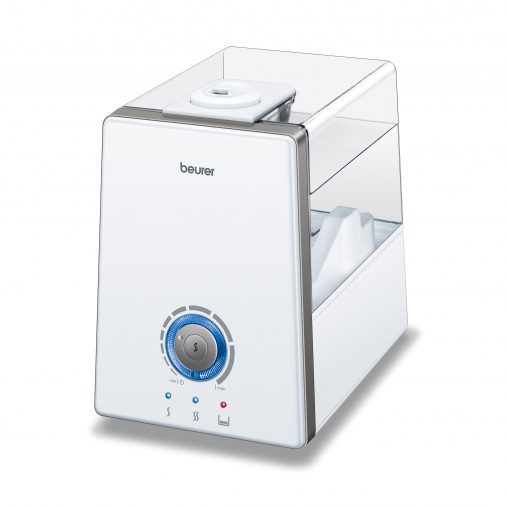
Dual Technology: warm air output plus regular cool humidification; Removable transparent 6-litre water tank; Automatically switches off if tank is empty; Aromatherapy capabilities and includes 15 aroma pads. (RRP $179)

